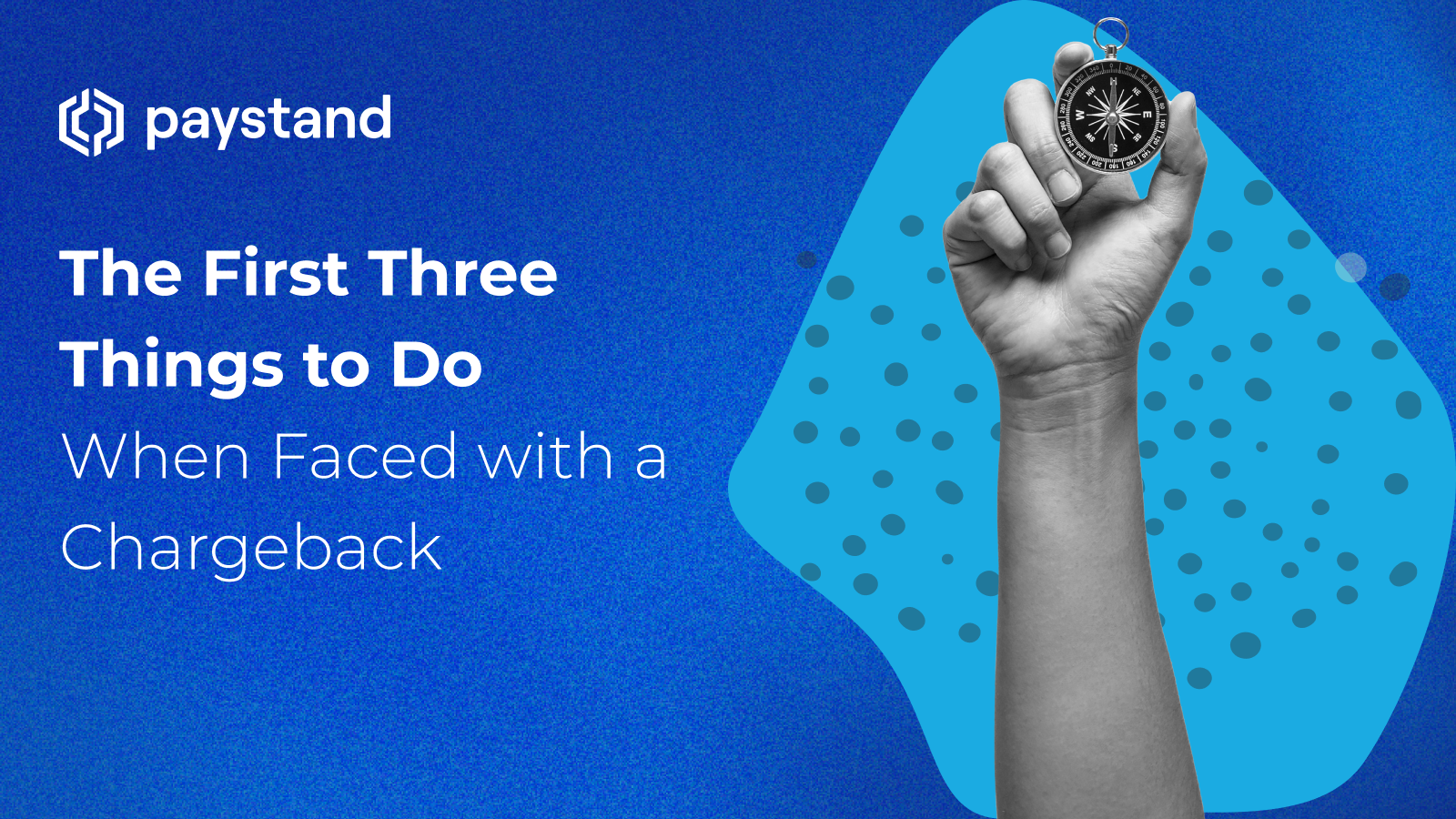The First Three Things to Do When Faced with a Chargeback

Whether due to stolen credit cards or customer dissatisfaction, chargebacks are a reality that merchants face. But understanding how they work and knowing how to respond when confronted with one can ease the process.
Unfortunately, credit card charge disputes, or "chargebacks," are a part of doing business. The reasons are many: from stolen credit cards to dissatisfaction with purchases. Understanding chargebacks and how to respond when faced with one makes the process easier.
When a chargeback occurs, the customer's bank contacts the card network, sending the chargeback to the merchant's bank, and the amount is debited from the merchant and credited back to the cardholder. There are opportunities during this process for the merchant to respond.
Here's a look at the first three things you should do when a customer disputes a credit card charge.
1. Understand the Chargeback
When a card network sends a chargeback to acquiring banks, they include a code to explain its reason. Across the four major card networks, there are currently 151 chargeback reason codes. The first thing you need to do when faced with a chargeback is check the chargeback code and understand the reason behind the chargeback.
Chargebacks generally fall into one of three main categories:
Friendly Fraud
Contrary to its name, a "friendly fraud" refers to a seemingly satisfied customer requesting a chargeback from their bank. This occurs when a customer does not recognize or remember a charge on their statement. It can be a purchase made by a family member rather than the primary cardholder or a customer turning to their bank due to dissatisfaction with a product or service rather than reporting back to the merchant.
Chargebacks categorized as "friendly fraud" are charges requested without malicious intent or ill will. They account for 70% of chargebacks, making them the most common occurrence. This, too, applies to the business world, where many people often share the same company credit card.
Criminal Fraud
Chargebacks categorized as criminal fraud refer to charges not authorized by the primary cardholder, such as in card or identity theft cases. A criminal purchases with a stolen card or credit card information, and the legitimate cardholder files a claim for a chargeback.
Criminal fraud amounts to less than 10% of chargebacks.
Merchant Error
A merchant error occurs due to problems arising from the merchant's end of a transaction. These include faulty or incorrect products, accidental double-charging of a customer's card, poor customer service, or customer dissatisfaction with a product or service. Merchant error makes up roughly 30% of all chargebacks.
Understanding the reason behind a chargeback is the first thing to do when encountering a credit card dispute. Knowing why a customer filed for the chargeback allows you to proceed accordingly.
2. Determine Your Response
After receiving a chargeback notification and understanding its reason, prepare your response. In some cases, such as a merchant error, you may choose not to respond. You will lose the amount charged and rendered goods or services.
To fight the chargeback and potentially win back the disputed transaction amount, prepare and submit a response to it. An effective response includes any relevant documents with your answer. This may consist of invoices, order forms, signed delivery or pick-up receipts with proof of identification, or any other documentation proving the charge was legitimate.
It is crucial to respond promptly to chargebacks. If you don't submit a response within the specific time frame after a chargeback notification, the issuing bank will process it. You will lose the dispute opportunity and any profits from the initial transaction.
3. Dispute the Chargeback
After sending your response on the chargeback, prepare for the dispute. Most banks will side with customers in the case of a chargeback, so having concrete evidence to prove that the charge was authorized and legitimate will help win the case.
Like in any legal case, you can submit proof of the chargeback. Be ready to provide further documentation or evidence if either bank requests it.
Fight Chargebacks With Paystand
Being prepared to handle chargebacks is the best way to prevent company losses. It's essential to choose a proactive and supportive payment processor during the process.
Paystand is your best advocate with enterprise security features and a strong customer support team:
- Our customer support team works directly with merchants during the entire dispute and provides all evidence to help.
- Our security features –such as enterprise blockchain certification– and continuous cooperation with merchants throughout the process help us win chargeback disputes.
Besides, PayStand supports other payment rails besides debit cards, and eCheck Processing, to offer your customers. With tools such as a Billing Payment Portal, e-mail notifications, and more, you can manage and stay on top of your company's transaction history and solve chargebacks faster.
If you want to learn more about using PayStand for your company's payment processing, don't hesitate to use our B2B Payments Platform today.




